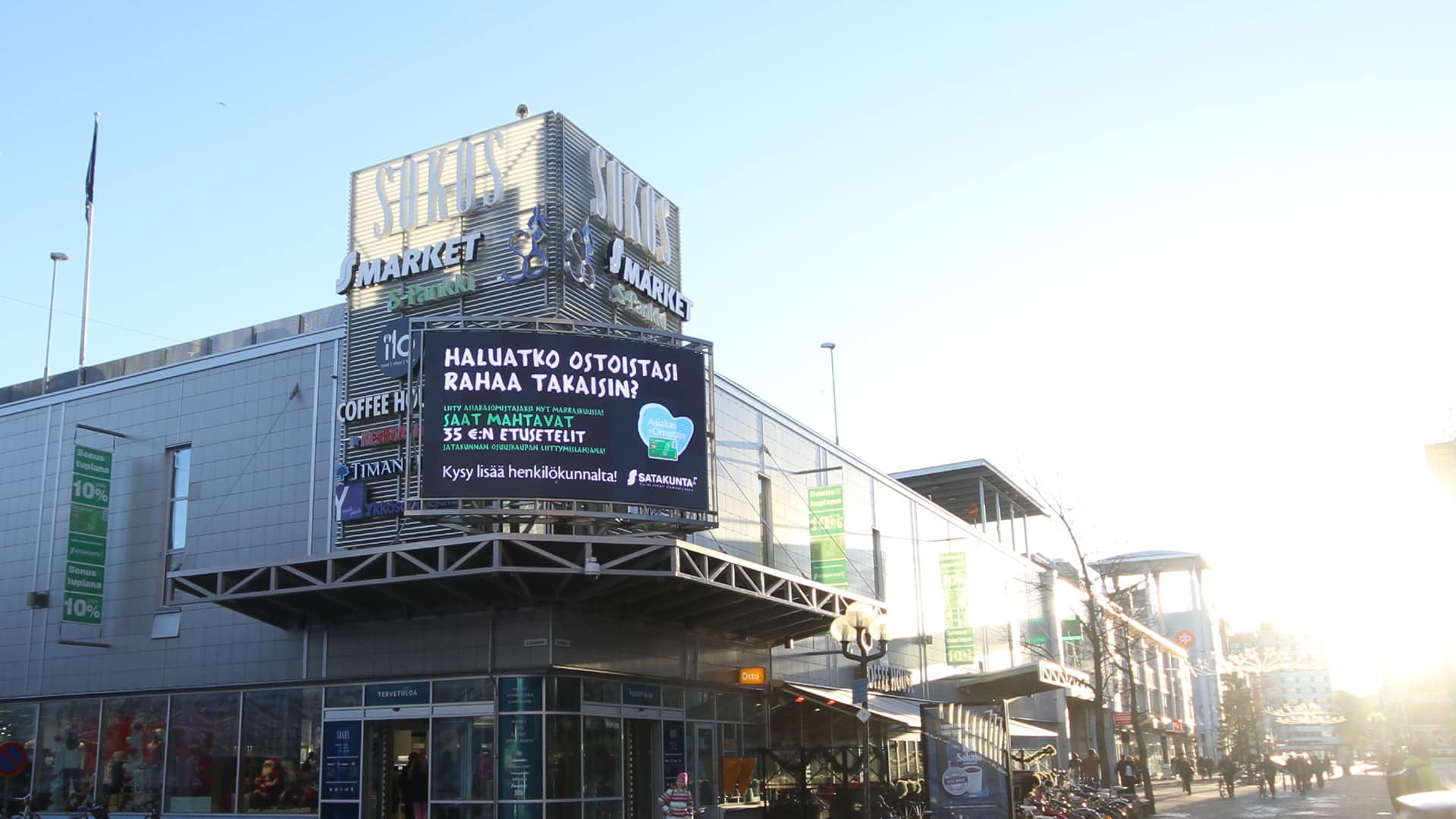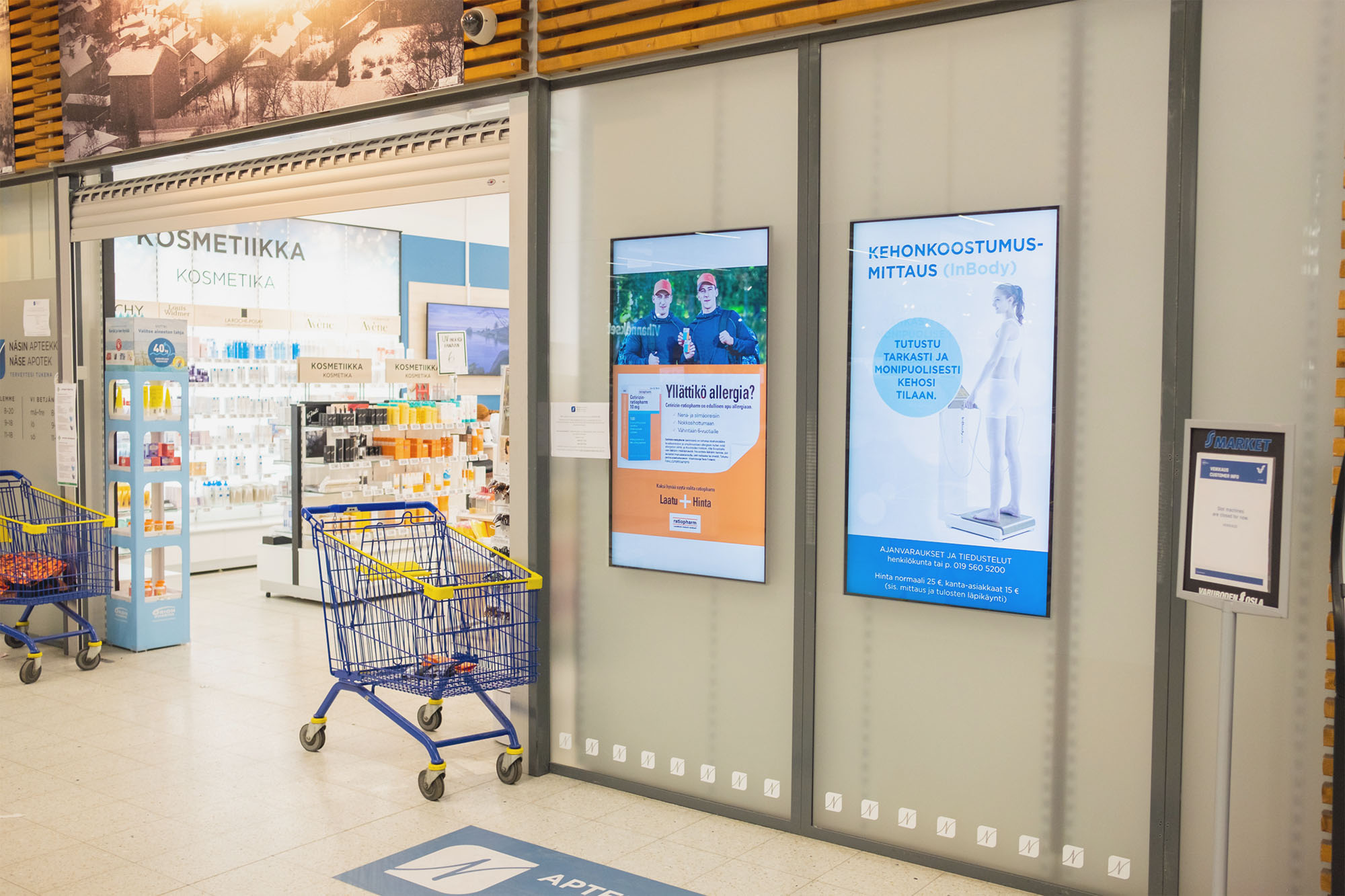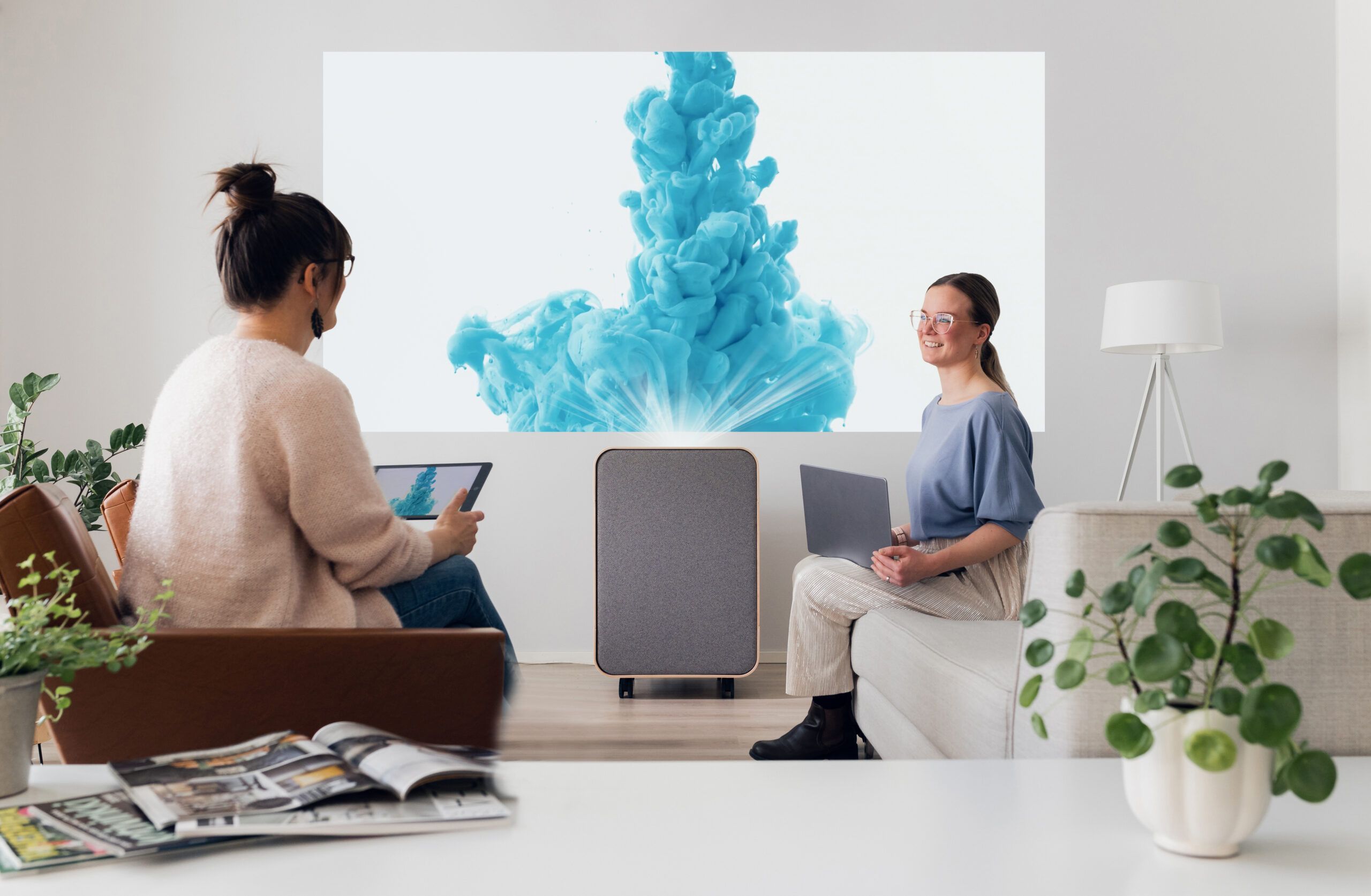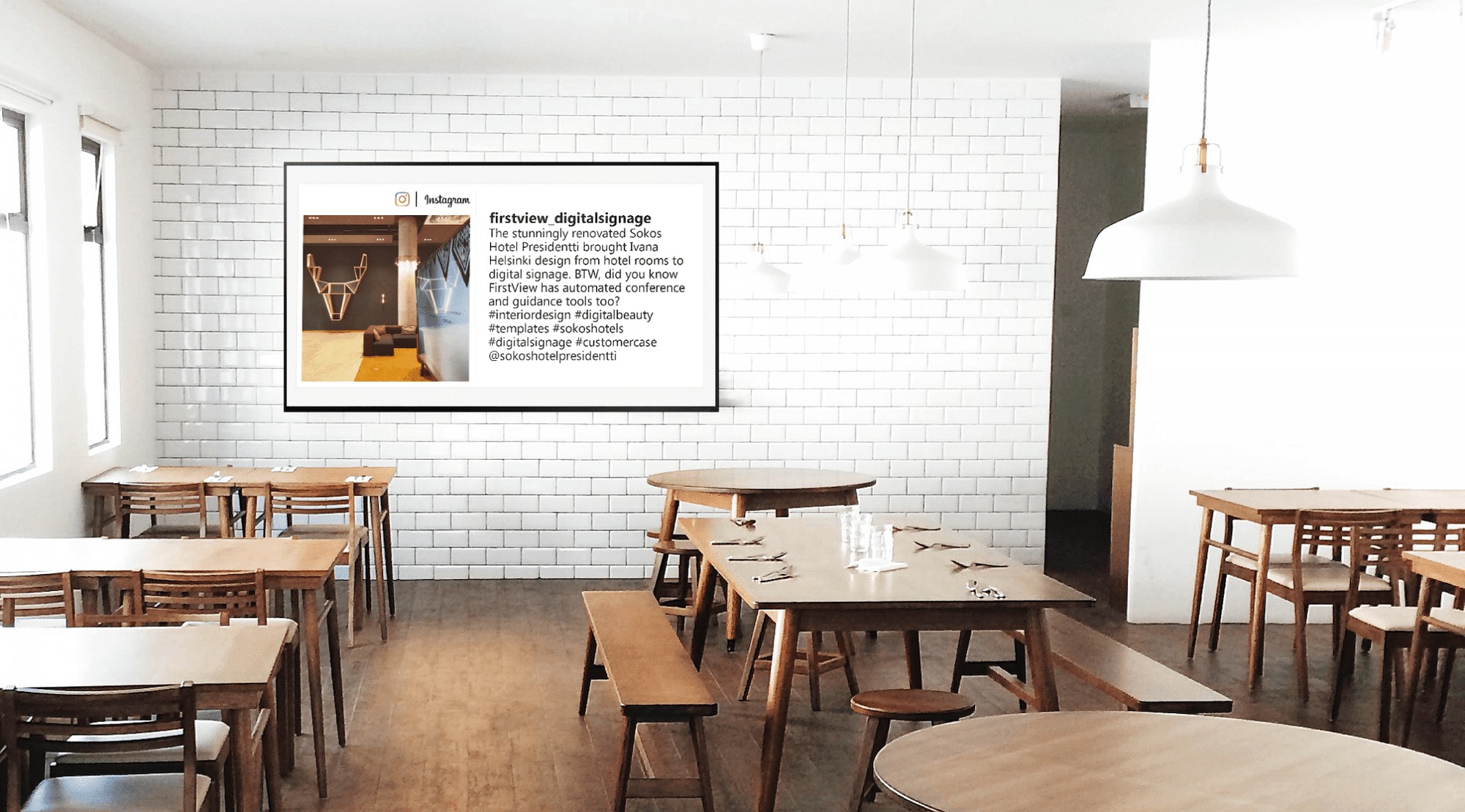What is the price of an LED screen? This is one of the most common questions when considering purchasing an LED screen. LED displays offer excellent visibility for both indoor and outdoor use, but the price is affected by many factors, such as size, pixel pitch and brightness. In this guide, we will go over how to choose the right LED display and what to consider when it comes to price and quality.
When is an LED screen a better choice than a traditional digital display?
Before purchasing a display, consider its intended purpose. The choice of an LED screen depends on the following key factors:
- What type of content will be displayed?
- Where will the display be placed, and from what distance will it be viewed?
The goal is to find the best display for your needs that offers the highest value for money.
If you aim to create an impressive visual impact or if the content is viewed from a distance, LED display is an excellent choice. One of the key advantages of large LED screen is their seamless structure, as they are built from modular LED panels, allowing customization in size, shape, and aspect ratio. Additionally, the modular design enables easy maintenance, as individual components can be repaired or replaced if needed.
For outdoor applications, LED screens outperform traditional digital screens in brightness and durability. Standard digital signage display often require separate enclosures and ventilation when used outdoors, whereas outdoor LED displays are inherently weatherproof.
For smaller displays (10”–98”), LED technology is still more expensive compared to traditional digital screens. If the display is used for close-up viewing and contains detailed information, such as news or schedules, a traditional display may be a better option.
What is pixel pitch and why does it matter?
Pixel pitch is a key factor when choosing an LED display. It defines how far the pixels are from each other. For example, P10 means that the pixels are 10 mm apart. The larger the P, or pixel pitch, the further apart adjacent pixels are. For example, P10 means that the pixels are 10 mm apart.
What is the ideal pixel pitch for the different viewing distance?
The selection of pixel pitch depends on the viewing distance. A general rule of thumb is:
- 1 mm pixel pitch is suitable for viewing from 1 meter away.
- 10 mm pixel pitch is optimized for viewing from 10 meters away.
However, pixel pitch alone does not determine image quality. Other factors, such as display size and viewing distance, also play a crucial role. Increasing the size of an LED display improves its resolution, which means that for larger displays and longer viewing distances, a lower resolution (higher pixel pitch) may still provide excellent image quality.
For example, a typical 6 x 3 meter (18 m²) outdoor display with a P10 pixel pitch has a resolution of 600 x 300 px, which is sufficient for roadside billboards. In contrast, indoor LED displays require higher resolutions because they are viewed from shorter distances. A 3 x 1.7 meter (5 m²) indoor LED display with a P2.5 pixel pitch would have a resolution of 1050 x 650 px.
If the goal is to achieve Full HD resolution (1920 x 1080 px), a P2.5 LED display would need to be at least 4.8 x 2.7 meters (13 m²). This is why pixel pitch should be carefully considered when comparing offers.
If you want Full HD resolution, the screen size should be at least 4.8 x 2.7 m, or 13 m2, with a pixel pitch of 2.5. Therefore, it is a good idea to consider the pixel pitch when comparing offers.
Where can the LED screen be installed?
Usually, an LED screen is installed on the wall of a building or on a separate stand, for example by the roadside. If you want the screen on a wall or even on the roof, the load-bearing capacity of the structure must of course be taken into account. It is also desirable that the electrical cabling is ready on site, or that it does not require a large investment. In addition, an action permit is required for outdoor screens. In cities and municipalities, a permit for outdoor screens is applied for from the building inspection department, while on roads, i.e. outside the planned area, permits are issued by the Centre for Economic Development, Transport and the Environment. When applying for a permit, it is worth seeking the help and support of an LED screen supplier who has experience in permit applications and who can help with the necessary attachments, such as illustrative images.
LED displays can be customized to fit nearly any shape or space. For example, a display can be integrated into an irregular wall surface, even if there are doors, elevators, or other structural elements in the way.
Types of LED screens and selection criteria
LED displays can be categorized based on their intended use and location:
- Indoor LED screens (P1.5–P3): Optimized for high resolution and short viewing distances.
- Outdoor LED screens (P4–P10): Weatherproof, high brightness, and suitable for longer viewing distances.
- Transparent LEDs: Ideal for large glass surfaces and storefronts.
- Flexible LED displays: Allow curved and custom-shaped installations.
Choosing the right LED screen for indoor use
Content requirements for indoor LED screens may differ significantly from those of outdoor applications. Indoor LED displays are generally smaller and viewed from shorter distances, which means they require a smaller pixel pitch for high image quality. A 4K brand video in a lobby demands a larger and sharper display than an LED billboard viewed from 50 meters away. Additionally, aspect ratio should be considered. If the content follows a 16:9 ratio, it is advisable to build the LED display with the same proportions to avoid content scaling issues.
The final choice depends largely on budget. A pixel pitch of 2–3 mm currently provides the best balance between price and quality for indoor LED displays. If a finer pixel pitch below 2 mm is needed, costs will increase accordingly.
Key considerations for outdoor LED displays
Selecting the correct size is crucial for outdoor LED screens. One of the most common mistakes is choosing a display that is too small, making the content difficult to read from a distance. If the screen size is inadequate, the investment may not deliver the intended results. For example, a 16–17 m² LED display might seem massive when viewed up close, but when installed on a roadside pole and viewed from 50 meters away, it may not appear large enough.
To ensure the right size, it is advisable to visit an existing installation or observe similar displays in real-world conditions.
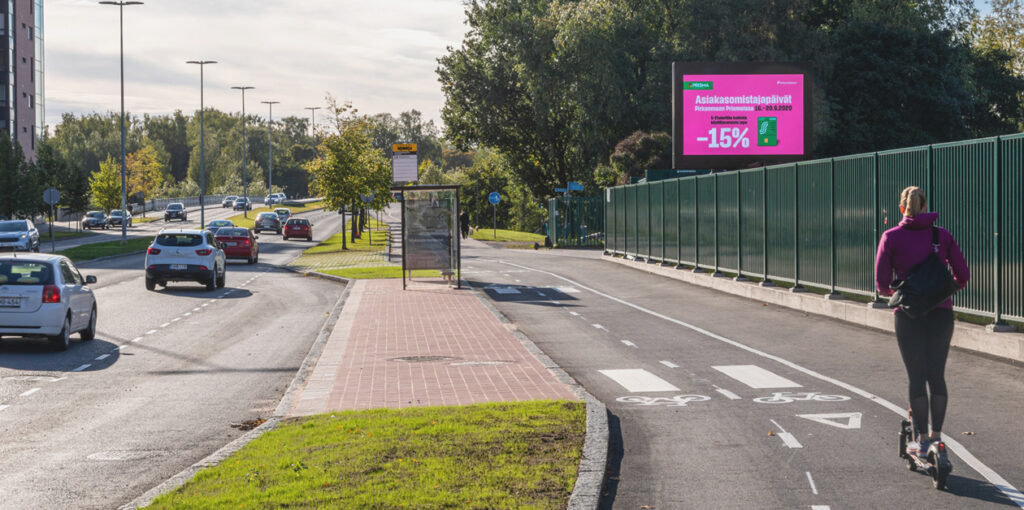
To ensure the right size, it is advisable to visit an existing installation or observe similar displays in real-world conditions.
Brightness and power consumption
In an LED display intended for outdoor use, it is also worth considering sufficient contrast and light output, i.e. screen brightness (nits or cd/m2). A good starting point for light output outdoors is 6000-7000 nits. However, this reading is only the maximum brightness of the display. In practice, the brightness of the LED display outdoors is adjusted using an automatic light sensor. This way, the bright display does not illuminate the entire block at night, and on the other hand, the brightness is also sufficient in direct sunlight. Automatic light control means that a lower and upper limit is set for the brightness, so that the light output is adjusted within these limits according to the ambient light. In direct sunlight, the light output can be up to 5000 nits, while in the dark, a brightness of 200 nits is sufficient.
When considering brightness, it is also worth considering the service life and energy consumption. The maximum brightness of the screen can be compared to the top speed of a car: you don’t drive at top speeds if the most important thing is economy, fuel consumption or engine protection. When the brightness of the LED screen is adjusted appropriately, the image is sharp and bright without consuming too much power.
How much does an LED screen cost?
The price of an LED screen varies depending on many factors, such as pixel pitch, size, installation location, brightness and contrast. A good rule of thumb is to budget around 1500-4000 euros per square meter. A typical outdoor LED screen is around 10-20 m2, so it is not a small purchase. Naturally, as the screen size increases, the price per square meter decreases.
However, it is worth thinking about the investment beyond the present – Since the average lifespan of an LED screen is 10 years, it is not necessarily worth buying the cheapest one right now, but rather calculate the investment according to the lifespan.
An outdoor LED display differs from an indoor display in terms of IP rating, which is naturally reflected in the price. In addition, there is a difference in display technology and component quality.
The price is affected by, for example:
- Resolution and pixel pitch
- Display size
- Brightness
- Contrast
- Installation location
Comparing offers: what to look for?
When comparing offers, make sure to check the following:
- Resolution and pixel pitch: ensure they meet your needs.
- CE certification: the display must comply with EU standards.
- Installation costs: the offer should include a clear breakdown of installation expenses.
- Warranty: check the warranty duration and whether spare parts are included.
- Power consumption: compare the display’s maximum brightness and average energy consumption.
Looking for an LED screen?
Contact us, and we will help you find the perfect LED display solution!

